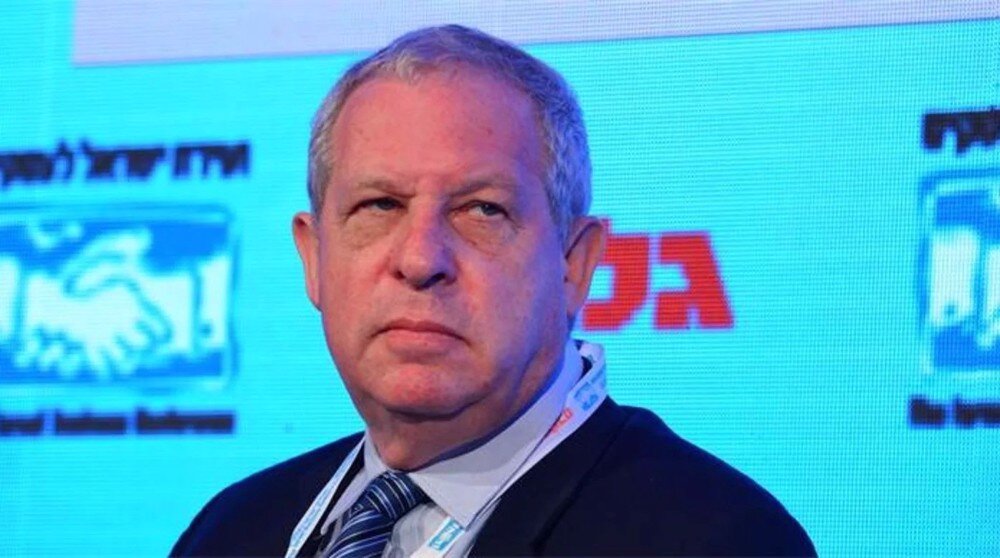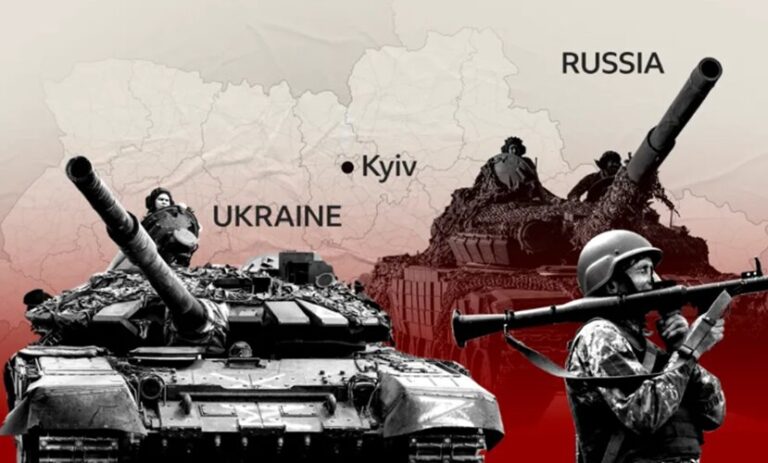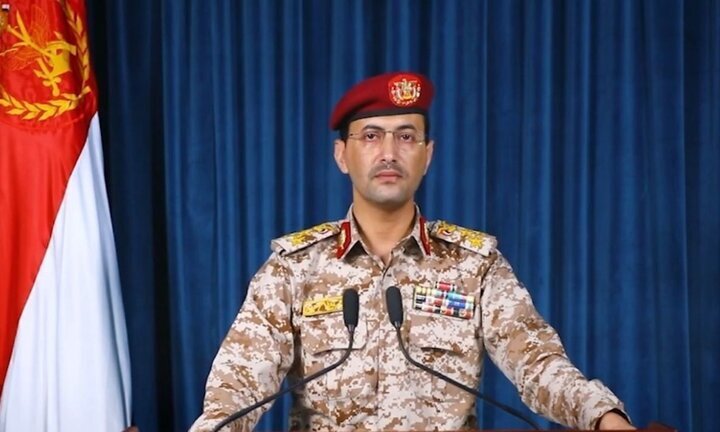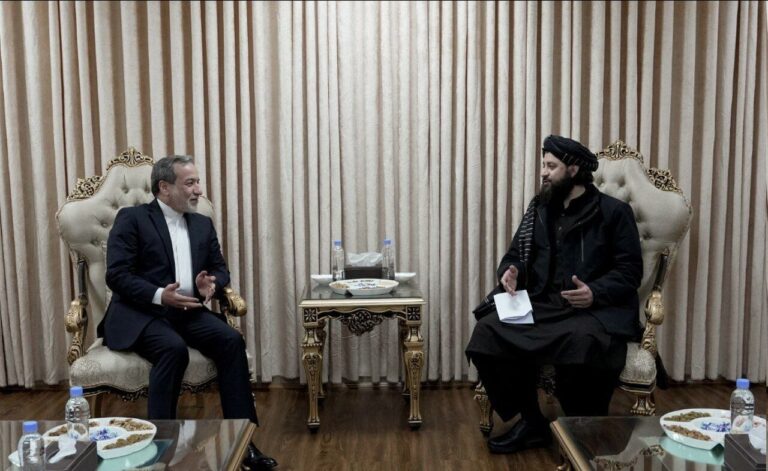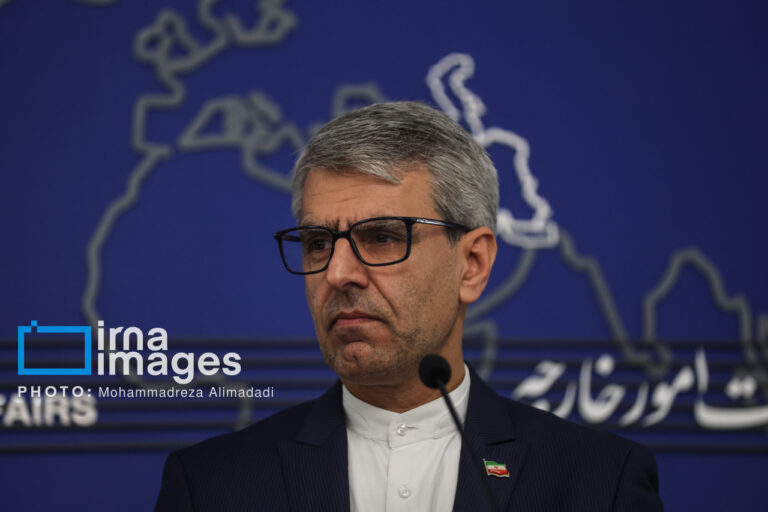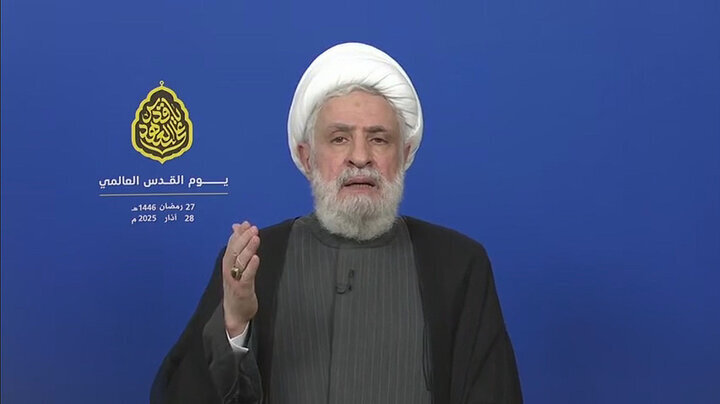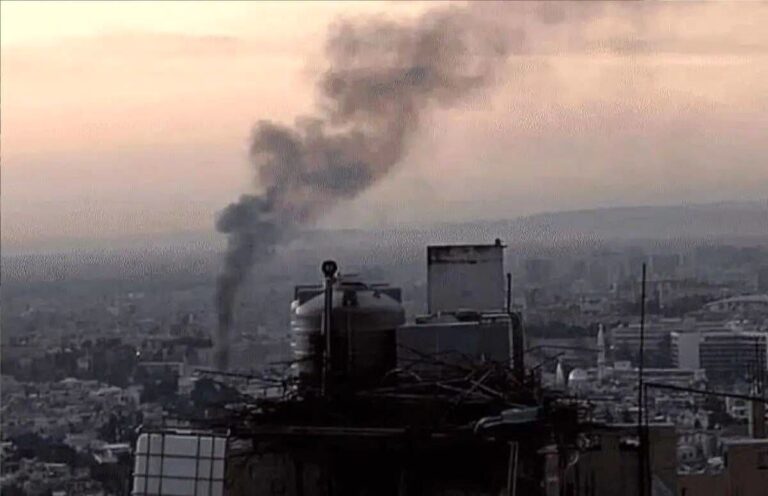‘Generals’ Plan Architect Admits ‘Absolute Failure’ in Northern Gaza Depopulation Efforts
The ongoing conflict in Gaza has drawn significant attention from around the world, especially following the recent remarks by Giora Eiland, the architect of Israel’s controversial “Generals’ Plan” aimed at altering the demographic makeup of northern Gaza. Eiland, a retired major general, labeled Israel’s 16-month military campaign in the region as an “absolute failure,” raising critical questions about the effectiveness and moral implications of the strategy employed by the Israeli regime.
In an opinion piece published by Ynet, Eiland outlined his perspective on the war’s objectives and the outcomes, stating, “Israel has failed in three-and-a-half out of the four goals of the war: we have not demolished Hamas’ military power; we have not overthrown Hamas’ rule; we are not managing to return the residents… safely to their homes [in Israel], and as for the return of the abductees, the fourth goal – we have partially succeeded.” This stark admission underscores the challenges faced by Israel in its military endeavors against Hamas.
Eiland’s analysis suggests that Hamas has not only thwarted Israel’s plans but has also successfully achieved its own objectives. He pointed out that the militant group has, “continued its rule in Gaza,” despite the onslaught. This raises crucial questions about the effectiveness of labeling Hamas solely as a “terrorist” organization, given that the group has established a functional governance structure in the region.
- Goals of the War: Eiland identified four primary objectives that Israel aimed to achieve:
- Destruction of Hamas’ military capabilities.
- Overthrow of Hamas’ governance.
- Safe return of residents to Israel.
- Return of Israeli captives.
Moreover, Eiland noted that the Israeli government’s approach has been flawed, as it failed to recognize Hamas as a governing entity rather than merely a militant group. This mischaracterization has contributed to the ongoing conflict and the humanitarian crisis that has unfolded in Gaza.
Critics of the Generals’ Plan have labeled it as an initiative reflective of a long-term agenda for ethnic cleansing, aiming to facilitate the reestablishment of Jewish settlements in Gaza. The plan entailed a strategy to tighten the siege on Gaza, restrict humanitarian aid, and categorize the remaining residents as combatants. This would enable Israel to justify military actions against them, effectively declaring the area a “closed military zone.”
Despite the apparent contradictions in Israel’s military strategy, the Generals’ Plan has faced skepticism from various quarters, with many viewing it as an endeavor likely to fail. The scheme, which was publicized by a coalition of reserve commanders and soldiers in late September 2024, has drawn criticism for its proposed tactics and objectives.
In a related interview on October 29, 2023, Eiland stated that Israel needed to apply much stronger pressure on Hamas and other resistance factions to secure a decisive victory. He argued, “The fact that we are breaking down in the face of humanitarian aid to Gaza is a serious mistake… Gaza must be completely destroyed: terrible chaos, severe humanitarian crisis, cries to heaven…” His comments reflect a troubling perspective on military strategy that prioritizes destruction over resolution.
In December 2023, Eiland further suggested that if Hamas was unwilling to negotiate regarding Israeli captives, humanitarian aid should be suspended. This statement sparked debates about the ethical implications of such strategies, especially considering the humanitarian toll on the Palestinian population.
The implementation of the Generals’ Plan during the ongoing conflict has been a subject of concern for various human rights organizations. Groups such as Gisha, B’Tselem, Physicians for Human Rights-Israel, and Yesh Din raised alarms in October 2024 about the signs indicating that the plan was being put into action amidst widespread violence that resulted in thousands of Palestinian casualties and mass displacements.
Recent developments have further complicated the situation. Hamas announced it would delay the release of the next group of Israeli captives, citing Israel’s failure to meet the conditions of the ceasefire agreement. On Tuesday, Israeli Prime Minister Benjamin Netanyahu warned that the ceasefire would be terminated if the Palestinian group did not comply by midday February 15. In response, Hamas reaffirmed its commitment to the ceasefire, accusing Israel of endangering the fragile peace.
Since the initiation of the ceasefire on January 19, Hamas has gradually released captives. However, the group announced on Monday that it would cease further releases, accusing Israel of breaching the terms of the agreement. This ongoing tension underscores the fragile nature of the current situation in Gaza and the complexities surrounding the conflict.
The events in Gaza continue to unfold, raising critical questions about the future of the region, the humanitarian crisis, and the prospects for a peaceful resolution. The commentary from Eiland and the actions of both Israeli and Hamas leadership highlight the intricate dynamics at play, making it imperative for the international community to engage in meaningful dialogue and action.
As the situation develops, observers around the world will be watching closely, hoping for a resolution that prioritizes human rights and peace.
